Basil Holy Red
$4.49
Ocimum Sanctum
- Seed Count 150
- Relaxing Tea
- Annual
Out of stock
Email when stock available
Description
Basil Holy Red, also called Tulsi or Sacred Basil is an ancient herb with highly aromatic, narrow oval leaves and perfumed pink flowers. This reddish-purple tinted plant exudes a delicious, sweet, clove-like aroma. The hotter the summer, the deeper purple the leaves become.
This ornamental and useful basil is an herb native to India, where it is sacred in the Hindu religious tradition and is regarded as one of the most important plants used in Ayurvedic medicine. It is frequently grown in courtyards and temples and is believed to protect from misfortune and sanctifies and guides to heaven all who cultivate it
Cultivated widely through Asia for religious and medicinal purposes. Teas made from the leaves bring clarity and beat stress. The act of drinking the tea can be as calming as yoga. Its peppery spiciness has also earned it the nickname hot basil. Basil Holy Red is also “Krishna Tulsi” whereas Basil Holy Green is known as “Rama Tulsi”. Krishna Tulsi is most commonly used for worship and possesses greater medicinal value.
All basils are tender herbs that prefer daytime temperatures of around 25 to 30°C, they cannot withstand frost and will only thrive with night temperatures above 12°C. Basil can be grown indoors on a sunny windowsill or outdoors in containers or soil. It should be grown in a position that receives sunlight for around 4 to 6 hours a day.
The dark varieties need the longer amount of full sun to achieve their deep and distinctive coloration. Position the plants in a sheltered spot that avoids cold winds.
| Method: Sow direct | Soil Temp: 18°C - 35°C |
| Cool Mountain: Sep - Jan | Position: Part Shade |
| Arid: Aug - Jan | Row Spacing: 25 cm |
| Temperate: Sep - Feb | Planting Depth: 2 mm |
| Sub Tropical: Aug - Feb | Harvest: 75 Days |
| Tropical: All Year | Plant Height: 60 cm |
Ideal Growing Conditions:
Climate:
- Basil thrives in warm climates. It is sensitive to cold, so it’s best grown during the warmer months. In most parts of Australia, plant basil in late spring after the last frost, continuing through summer.
Location:
- Choose a location that gets full sun, at least 6-8 hours a day. Basil can tolerate some afternoon shade, especially in very hot regions.
Soil Requirements:
- Basil prefers rich, well-draining soil. Incorporate plenty of compost or well-rotted manure to improve soil fertility and structure. Aim for a pH level of around 6.0 to 7.5.
Planting Basil:
Starting Seeds:
- Sow basil seeds indoors in seed trays or directly in the garden once the soil has warmed. Plant seeds about 2mm deep.
- Maintain moisture until seeds germinate, which typically takes about 7-10 days.
Transplanting Seedlings:
- If starting indoors, transplant seedlings once they have two sets of true leaves and temperatures remain consistently warm.
- Space plants about 25 cm apart to allow for proper air circulation.
Care and Maintenance:
Watering:
- Basil needs regular watering, especially during dry spells. Ensure the soil remains moist but not waterlogged. Water at the base of the plant to keep foliage dry and prevent fungal diseases.
Feeding:
- Fertilize with a balanced, organic fertilizer every 4-6 weeks. Alternatively, use a liquid seaweed or fish emulsion as a foliar feed.
Pruning and Pinching:
- Regularly pinch off the tops to encourage bushy growth and prevent the plant from flowering prematurely. Remove any flower buds to keep the plant focused on producing leaves.
Companion Planting
Benefits to Neighbouring Plants:
- Pest Repellent: Basil helps deter pests like aphids, mosquitoes, and some fruit flies. Its strong aroma can mask the scent of other plants, making them less attractive to pests.
- Attracting Beneficial Insects: Basil attracts pollinators and other beneficial insects, like ladybugs, which can help control pest populations.
Ideal Companion Plants:
- Tomatoes: Basil is often planted alongside tomatoes because it is believed to enhance their growth and flavour, while also repelling harmful insects like hornworms.
- Capsicum & Chilli: Like tomatoes, capsicum and chillies can benefit from basil’s pest-repelling qualities.
- Oregano: These herbs can thrive together, potentially enhancing each other’s flavours.
Plants to Avoid:
- Cabbage Family: Basil may compete unfavourably with plants like cabbage, broccoli, and cauliflower.
- Rue: This herb can be harmful to basil, so it’s best to keep them apart.
Soil Improvement:
- Basil can help improve soil health and structure through its root system, which can enhance nutrient availability for neighbouring plants.
Pest and Disease Management:
Common Pests:
- Be on the lookout for aphids, whiteflies, and slugs. Control these pests with insecticidal soap or introduce beneficial insects like ladybugs.
Diseases:
- Basil can be prone to downy mildew and fusarium wilt. Ensure good air circulation and avoid overhead watering to mitigate these risks.
Harvesting:
When to Harvest:
- Begin harvesting basil when plants are about 15cm (6 inches) tall. Harvest leaves in the morning when oil concentrations are highest for the best flavour.
How to Harvest:
- Use sharp scissors or your fingers to pinch off leaves or cut stems just above a pair of leaves. This will encourage new growth.
Preservation:
- For prolonged use, basil can be frozen or dried. For freezing, blend with a little olive oil and pour into ice cube trays for easy portioning.
Postage Charge
Orders under $30 attract a $4.50 shipping charge. Orders $30 and above have free shipping.
Order Times
Seed orders are normally dispatched within three business days. You will receive an email when seeds are mailed out.
Postage Days
Seeds are mailed out Monday to Friday at 1pm. Except for the Friday of long weekends.
Postage Times
WA 2-3 Days: SA,NT 3-5 Days: NSW, ACT, QLD, VIC: 5-7 Days
Carrier
We use Australia Post Letter Postage for the majority of orders
Not only are our seeds packed in recycled paper envelopes, we keep the theme going when we post out website orders. To protect your seeds from moisture and the letter box munchers (snails), we use a very special plastic free material made from plants. They are then put into recycled mailing envelopes. Green all the way 💚🌿

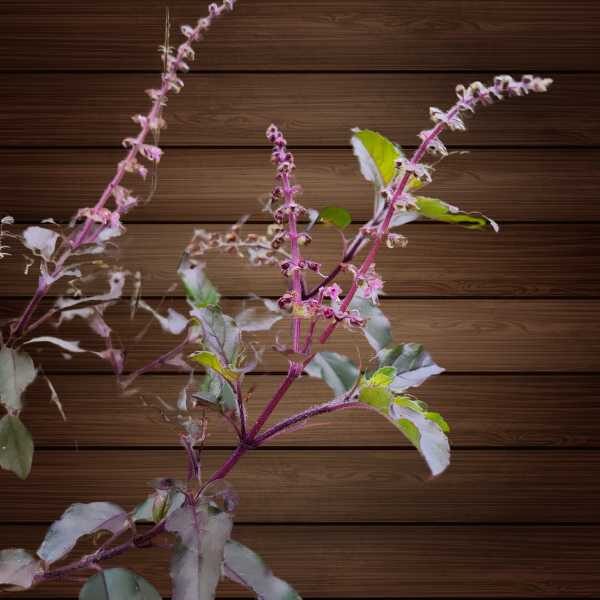


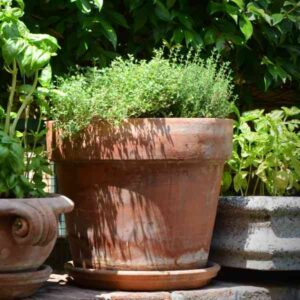
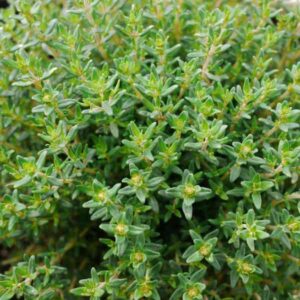
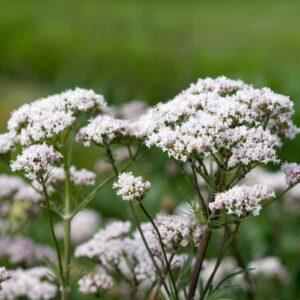
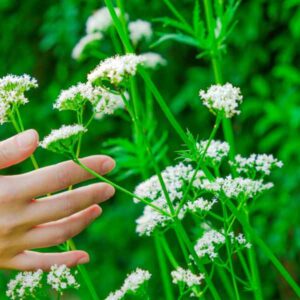
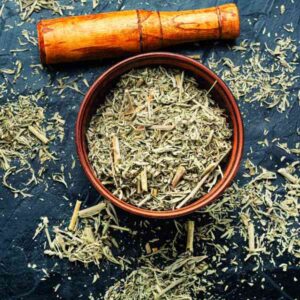
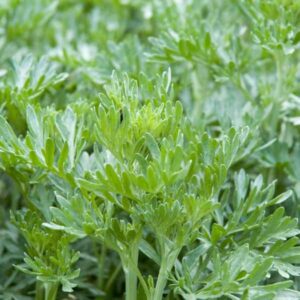
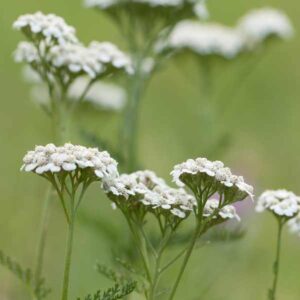
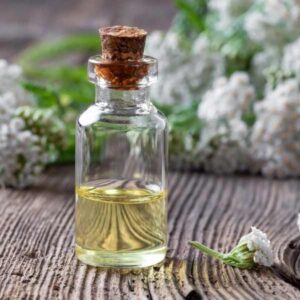
1 review for Basil Holy Red